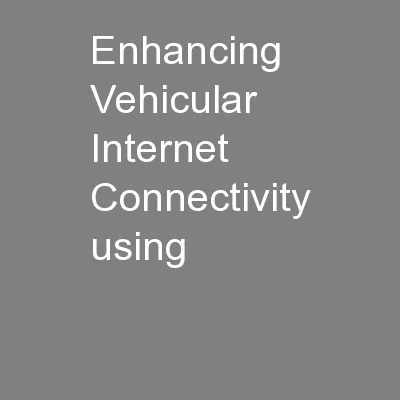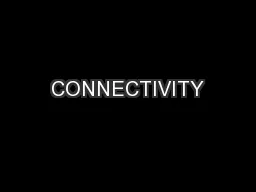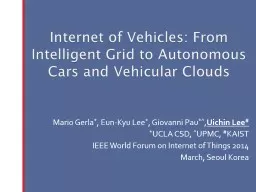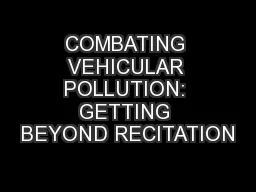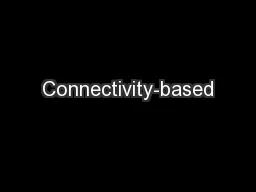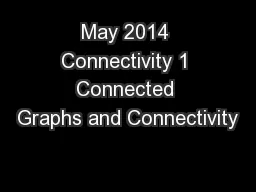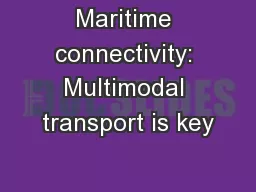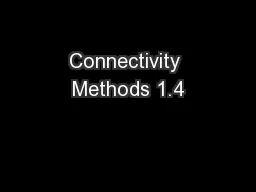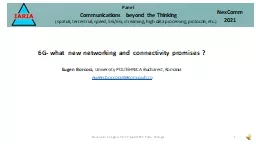PPT-Enhancing Vehicular Internet Connectivity using
Author : alida-meadow | Published Date : 2016-07-09
Whitespaces Heterogeneity and A Scouting Radio Tan Zhang Sayandeep Sen Suman Banerjee University of Wisconsin Madison IBM Research India Motivation
Presentation Embed Code
Download Presentation
Download Presentation The PPT/PDF document "Enhancing Vehicular Internet Connectivit..." is the property of its rightful owner. Permission is granted to download and print the materials on this website for personal, non-commercial use only, and to display it on your personal computer provided you do not modify the materials and that you retain all copyright notices contained in the materials. By downloading content from our website, you accept the terms of this agreement.
Enhancing Vehicular Internet Connectivity using: Transcript
Download Rules Of Document
"Enhancing Vehicular Internet Connectivity using"The content belongs to its owner. You may download and print it for personal use, without modification, and keep all copyright notices. By downloading, you agree to these terms.
Related Documents

